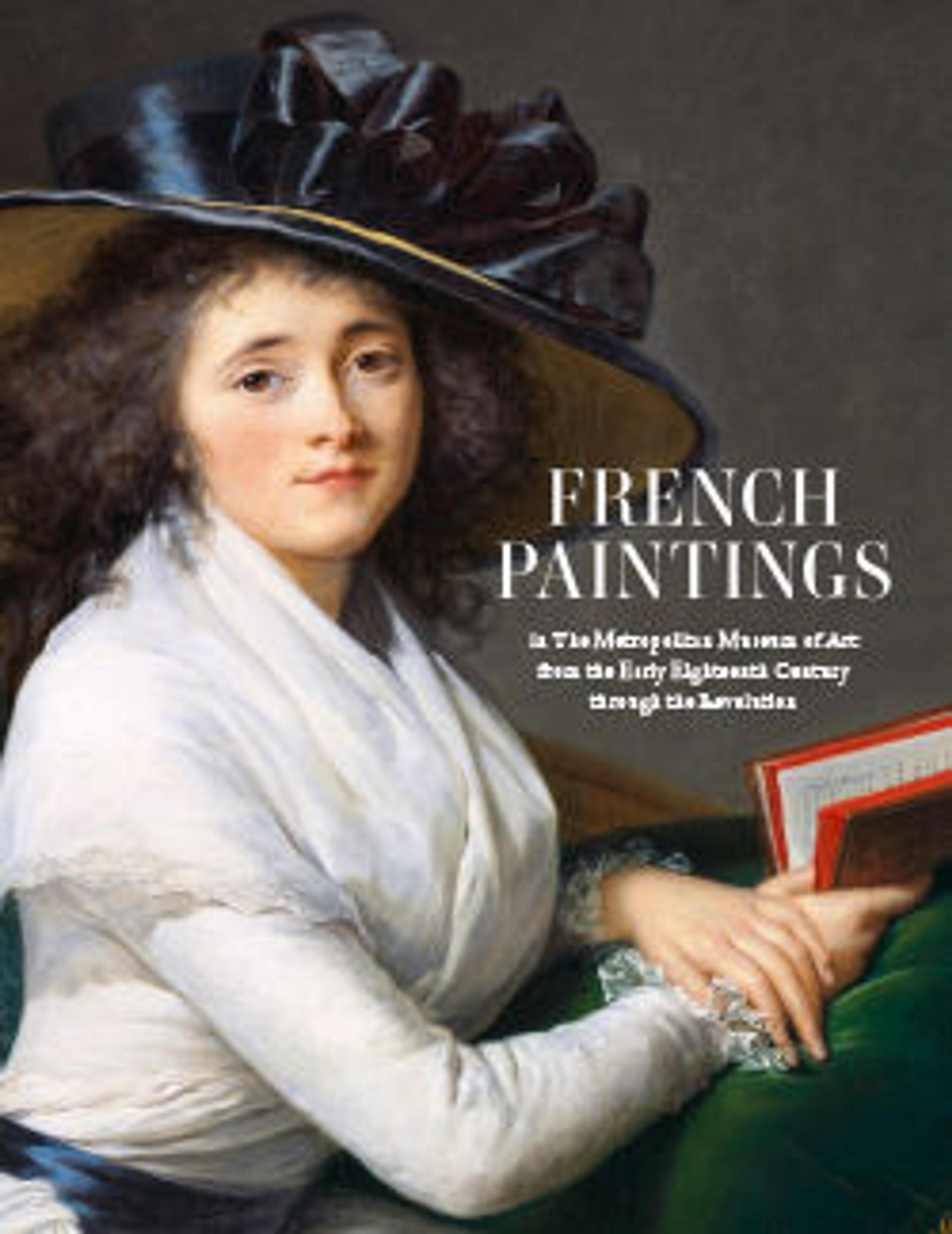The Cascade
This painting and its pair, or pendant, nearby are among Fragonard’s most carefully finished and are executed on wood, which allows for their tremendous precision and intensity of color. They elaborate Antoine Watteau’s interest in romantic gardens, as well as gardens in Italy, a newly popular destination for artists. In 1756, having won a scholarship to study in Rome, Fragonard spent four years at the French academy in that city, a traditional artistic rite of passage. He visited the principal cities of Italy again in 1774, as well as Vienna and Frankfurt. This painting is most likely an imagined conglomeration of the kinds of gardens, architecture, and sculpture he encountered.
Artwork Details
- Title: The Cascade
- Artist: Jean Honoré Fragonard (French, Grasse 1732–1806 Paris)
- Date: ca. 1775
- Medium: Oil on wood
- Dimensions: 11 1/2 x 9 1/2 in. (29.2 x 24.1 cm)
- Classification: Paintings
- Credit Line: The Jules Bache Collection, 1949
- Object Number: 49.7.50
- Curatorial Department: European Paintings
More Artwork
Research Resources
The Met provides unparalleled resources for research and welcomes an international community of students and scholars. The Met's Open Access API is where creators and researchers can connect to the The Met collection. Open Access data and public domain images are available for unrestricted commercial and noncommercial use without permission or fee.
To request images under copyright and other restrictions, please use this Image Request form.
Feedback
We continue to research and examine historical and cultural context for objects in The Met collection. If you have comments or questions about this object record, please contact us using the form below. The Museum looks forward to receiving your comments.
